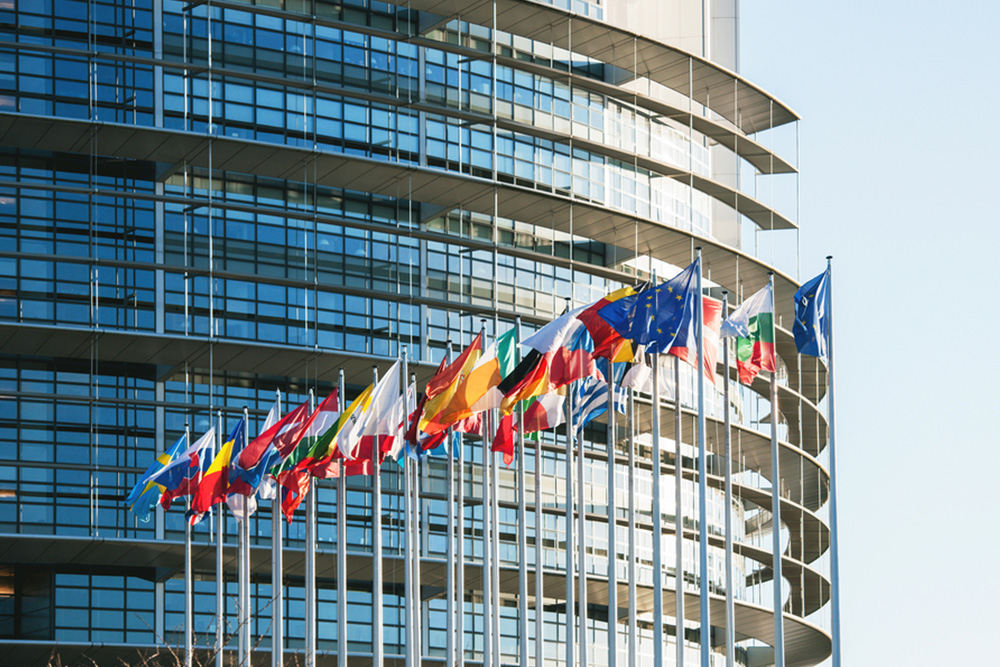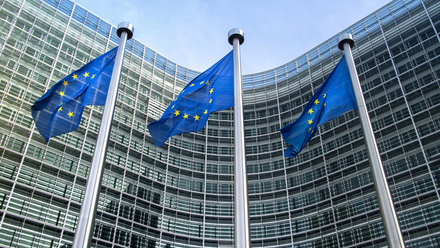The interplay between national policies and internationalisation

In Europe, national level policies influence internationalisation efforts at the institutional level. Of course, the level of influence is different according to national context, but overall there is a relationship between European national policy frameworks and international higher education development. For example, immigration policies, funding instruments, regulatory frameworks and national strategic plans shape how internationalisation develops in an institution. Today’s blog explores this relationship between national policy and internationalisation in higher education.
Gauging internationalisation
The British Council recently released volume two of The Shape of Global Higher Education: International mobility of students, research and education provision. This research series develops a comprehensive framework for comparison of national policies and regulatory frameworks that support the internationalisation of higher education. As a result of this research project, an online tool, Global gauge of higher education policy, is available to users. This interactive tool allows for country comparisons according to indicators that make up three broad areas where national governments provide a conducive environment for institutions to engage in internationalisation practices and activities:
- Openness of education system: national government commitment to and enabling of the internationalisation of higher education
- Quality assurance and degree recognition: the national regulatory environment
- Equitable access and sustainable development policies: promotion of opportunities for mobility and collaborative research as well as consideration of unintended consequences of internationalisation efforts
The 2017 volume builds on volume one, Shape of Global Higher Education: National policies framework for international engagement, in the following ways:
- Re-groups the original 37 qualitative indicators to focus on three key thematic areas that were identified in the 2016 volume findings: international mobility of students, international research collaboration and transnational education.
- Expands the number of countries from 26 in 2016 to 38 in 2017.
In Europe: One size doesn’t fit all
In the 2016 project, only four countries in the European Higher Education Area (EHEA), Germany, Russia, Turkey and the UK, were included in the 26-country sample. Germany stood out, along with Malaysia, as offering the most balanced portfolio of national policies supporting internationalisation efforts in the three identified areas: openness, quality assurance and recognition and access and sustainability. The findings highlight that quality assurance is the weakest scoring theme in all of the countries studied; only Germany, the UK and Malaysia scored ‘very high’ in this area. In the EHEA, Turkey and Russia scored ‘low’ in this area (indicators included international students’ quality assurance and admissions, quality assurance of academic programmes and recognition of overseas qualifications). Overall, the study finds that student mobility is the best developed area in all of the countries. Indicators for the area of access and sustainability include student mobility funding and sustainable development policies. The EHEA countries fared well in this area with Germany and Turkey scoring ‘very high’ and the UK and Russia scoring ‘high’.
In the 2017 project, three EHEA countries were added to the study: France, Greece, and the Netherlands. Germany and the Netherlands (along with Malaysia and Hong Kong) were among the countries who have the most supportive international higher education national policies, according to: openness, quality assurance and recognition and access and sustainability. France and the UK were not far behind these leading countries. As for the focus on international student mobility, research collaboration and transnational education, only the UK and the Netherlands scored ‘very high’ in all three areas. It’s evident from the findings that the other EHEA countries have varying levels of national support in these three areas, indicating that countries approach these areas differently and no one size fits all.
Concluding thoughts
One conclusion of this series echoes a similar recommendation made in the 2015 American Council of Education report, Internationalizing Higher Education Worldwide: National Policies and Programs. The recommendation calls for a synergy of national policies worldwide that would support the cross-border development of internationalisation of higher education. The EHEA is highlighted as an inspiring model of how greater coordination between and among countries in a region can shape internationalisation efforts. But, this coordination needs to move beyond regions.
While this study offers an interesting glance around the globe, future research could focus in on the EHEA area specifically to gain a better perspective of how national governments influence the practice of international higher education in the region.
Leasa Weimer is Knowledge Development Adviser at the EAIE.
Do you work at a higher education institution in the European Higher Education Area? We want to hear from you! From 30 October to 5 December 2017, the EAIE is conducting the second edition of the EAIE Barometer survey, which will look in part at the impact national policy has on your institution’s internationalisation. Take part today!






